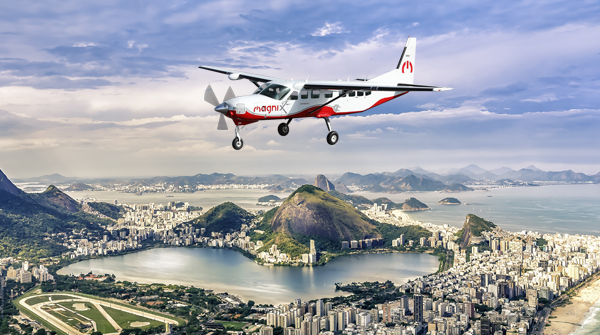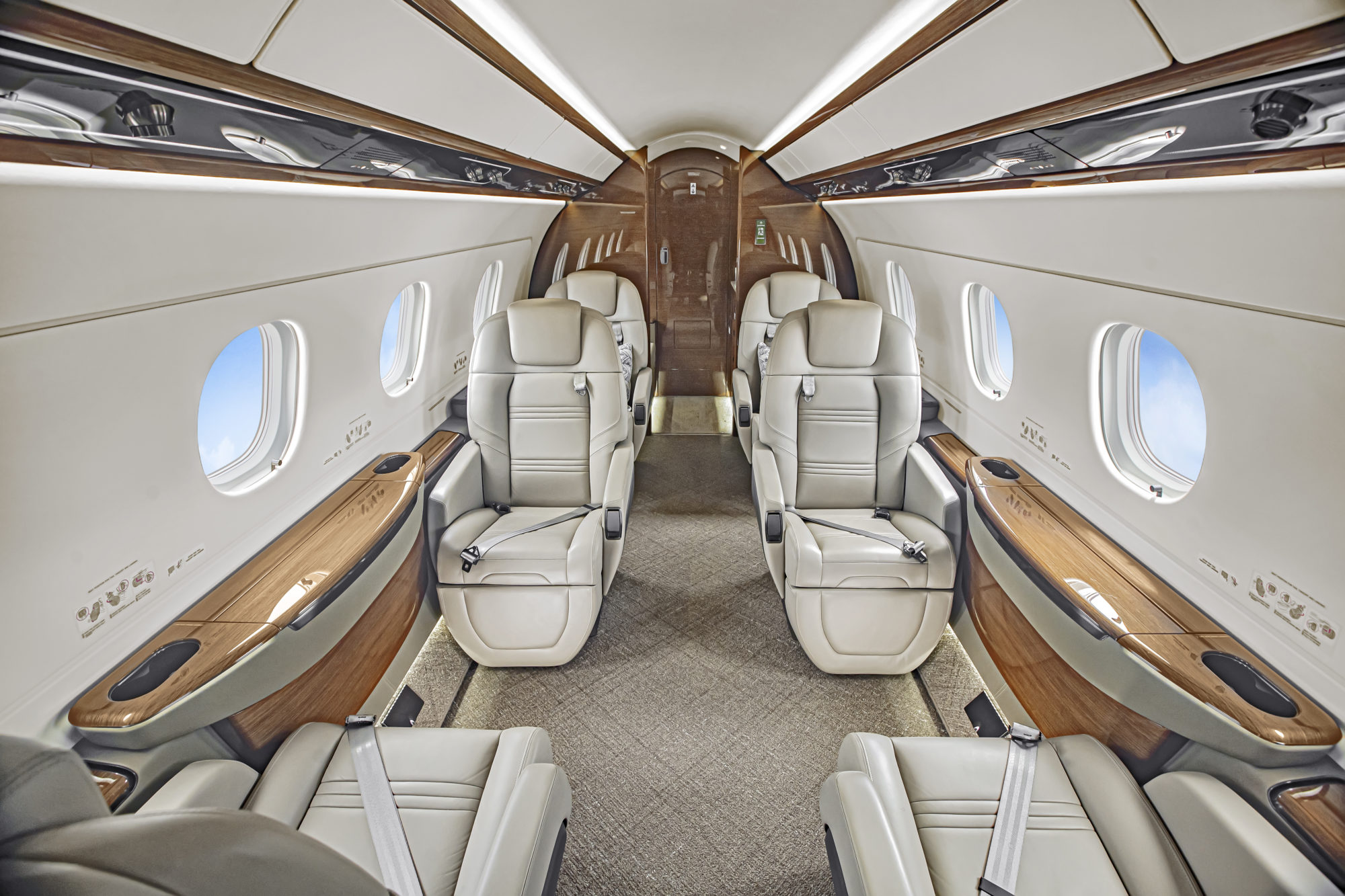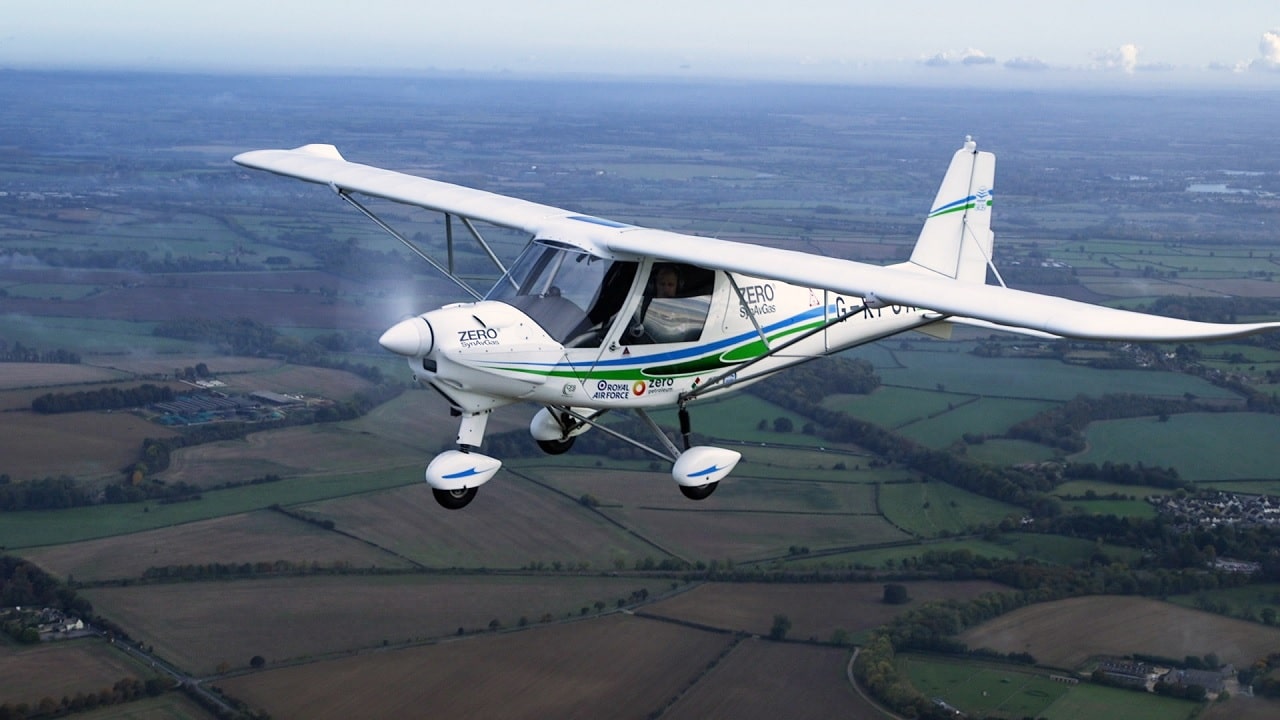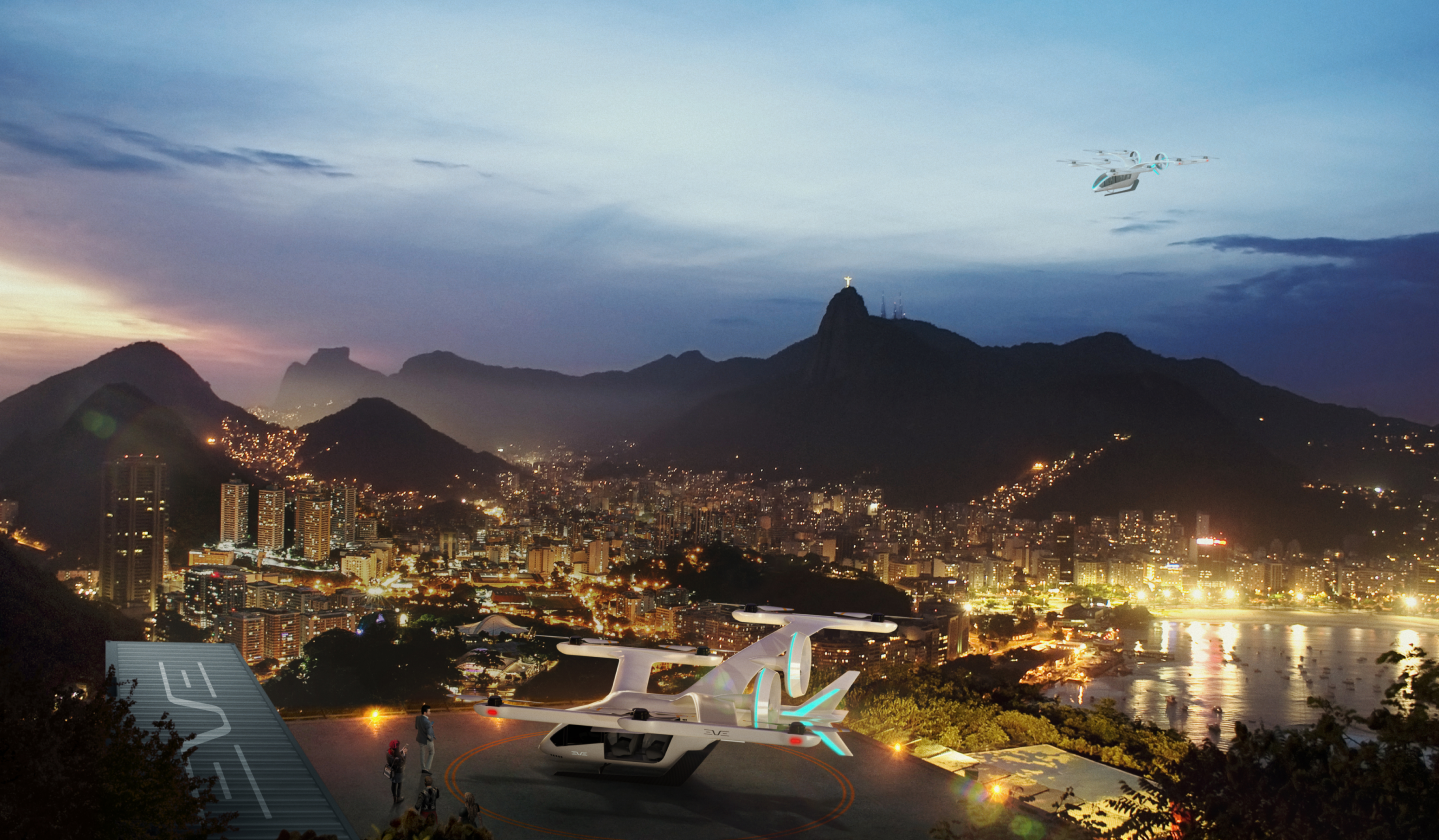Switch to:
 EN
EN
Adapting to the future, while contributing to the preservation of the environment and facilitating the movement of people between cities and countries is the joint objective of operators, manufacturers, and society as a whole.
Few areas have had such a significant and revolutionary impact as aviation. With the emergence of commercial air connections in the post-World War II period, aircraft used by new companies – transporting passengers on regular lines or private air services – were specifically provided by equipment previously used by air forces in different parts of the world for transporting troops and materials. The iconic Doulgas DC-3 was widely used in these lines, and several large companies that exist today had this aircraft as the first type in their fleet – considered to be one of the most versatile and robust in history.
Aircraft powered by piston engines and turbo-propellers, which at the time were considered slow, uncomfortable, and obsolete, were gradually succeeded by jet flying, which became part of the population’s reality. As a result, continents and countries started to become connected non-stop, reducing travel time by up to 70%, depending on the distance between origin and destination. It fell to the English De Havilland Comet plane, between glories and pains, to start this chapter of enormous historical connectedness. Integration between peoples and territories became faster, greatly facilitating new logistical possibilities.
Task Force: Spurring Development From The Problem
As part of the natural process of any revolution, such growth has also brought enormous difficulties: an estimated 16 billion tonnes of CO2 have been emitted over the past two decades. Considering the history of airlines since the post-World War II period, this number becomes even higher, with 35 million tons of CO2 emitted. 3.5% of the impact caused by human activity on global warming comes from civil aviation activity. The growth of the world fleet, specifically on the Asian continent, contributed to the exponential growth of this environmental impact.
Just as jet aviation emerged as one of the most significant revolutions in the industry, concern over the climatic and environmental consequences from the impacts arising from the growth of air activity by society and authorities worldwide are generating the beginning of another revolution that will transform the way we travel in flight. Large manufacturers and renowned names in the aerospace industry started a race against time in order to develop, with the same excellence already known in aviation in its current form, aircraft that can use sustainable fuels or even renewable energy in their flights.
With the signing of the Glasgow Declaration for Climate Action in Tourism, a document that recognizes the need for actions to mitigate the effects of climate change on the ecosystem, and whose signatories add up to more than 300 entities, this process has become even more necessary and urgent, especially considering the deadline for reducing harmful emissions set for the year 2030.
Flapper: Towards Sustainability
Well-known aircraft can also be adapted to the new reality of energy efficiency. This is the case of the Cessna Caravan (C208). One of the most versatile aircraft in world aviation, known for its robustness and reliability, can now fly with an all-electric powertrain. This is an exclusive Flapper project with United States company MagniX, which foresees the conversion of 20 eletric Cessna Grand Caravan aircraft by the year 2024. According to Paul Malicki, CEO of Flapper, the savings provided by the adoption of electric motors can remove the high cost barriers to air services that currently prevent access to a huge portion of society. The Cessna Caravans will be equipped with magni650 engines, developed exclusively for the Cessna aircraft.

Brazil: A Vanguard In The Age Of Sustainable Aviation
In a combined effort between Brazil and the United States, Embraer and Pratt & Wittney signed cooperative efforts to develop solutions and engines that are 100% powered by sustainable fuels. Development, testing, and execution will focus on the company’s executive aircraft family, such as the Legacy 450 and 500 models, in addition to the E2 jet family, which serves both executive and regular passenger aviation. The cooperative effort in the development of the new family of aircraft and engines will aim to achieve a reduction of up to 80% of greenhouse gas emissions.

In Europe: Training Thinks About The Future
Across the Atlantic, the British Royal Air Force (RAF) already uses renewable energy. The ultralight Ikarus C24, which will be used for the initial basic training of military personnel and, in the future, of civilian pilots, can often be seen in the British skies. Its engine is powered by a unique type of fuel, produced by extracting hydrogen from water and carbon from CO2 found in the atmosphere. The fuel has a fully industrial production, which increases its production efficiency, as it does not depend on the planting of organic materials or the extraction of any type of product that requires time and costly infrastructure. In other words: by being able to be produced in common factories – even installed in urban areas – supply and efficiency can quickly scale up. With a lower cost, the democratization of the use of aircraft for different purposes becomes even more real, anywhere in the world.

Sustainable Aircraft Regulation: Challenges To Be Overcome
In Brazil, beginning steps towards sustainability are already underway. With an agreement signed between airlines, air taxis, and private operators with companies that develop aerospace technology, 100% electric light passenger transport aircraft are close to becoming part of society’s daily life. Flapper’s efforts with MagniX, which we mentioned earlier, are added to agreements already signed with Embraer to start operations with 25 eVTOL electric vehicles produced by Eve, a subsidiary of the Brazilian manufacturer. With the use of these aircraft, the market will be able to benefit from a product with zero emissions of harmful gases to the environment, very low operational noise, speed, and comfort. The technical operation of these aircraft will be simple and intuitive, making the workload of its pilots much smaller compared to other projects in the category. Proofs of concept in static simulators have already begun, accelerating the entry of eVTOL into operation.

The project foresees more than 25,000 flight hours using all-electric aircraft in the main cities of South America such as São Paulo, Rio de Janeiro, Belo Horizonte, Santiago de Chile, and Bogotá. With this, it becomes possible to connect large urban centers to smaller cities with the safety of fixed-wing aviation, combined with cost reduction, energy efficiency, and especially
The future has already arrived. Count on Flapper’s pioneering spirit to enjoy and discover the new revolution in the world’s aviation industry!


